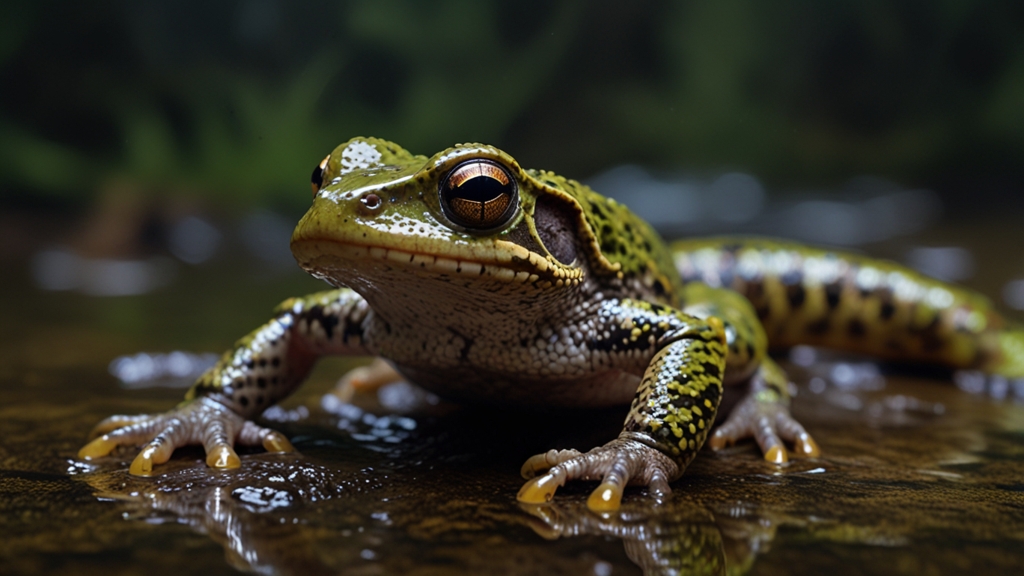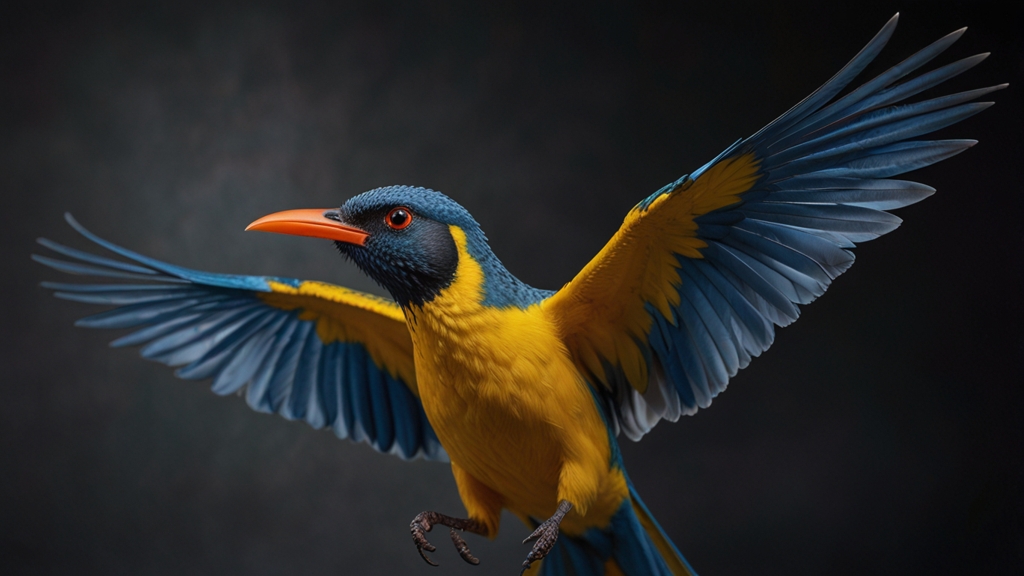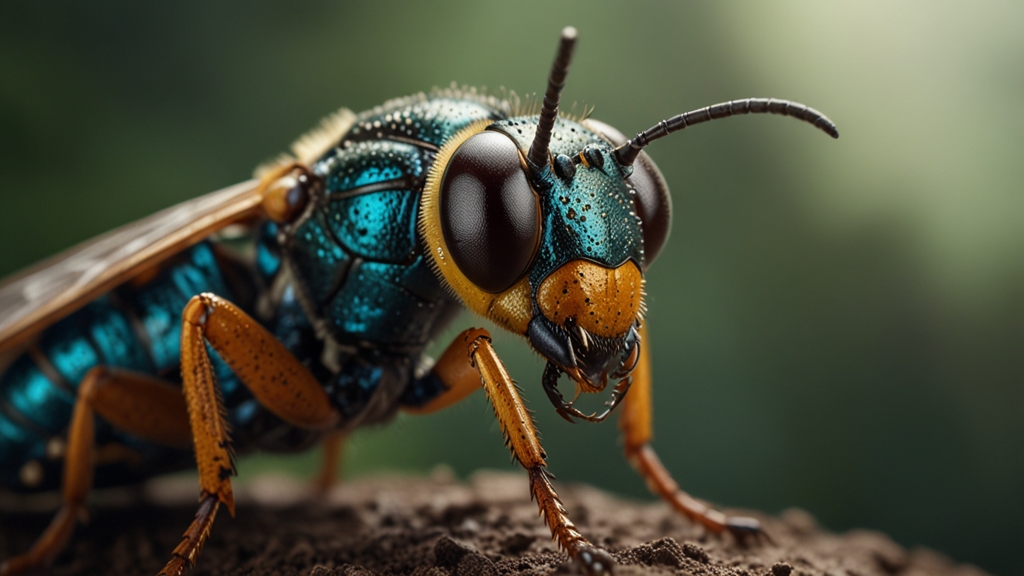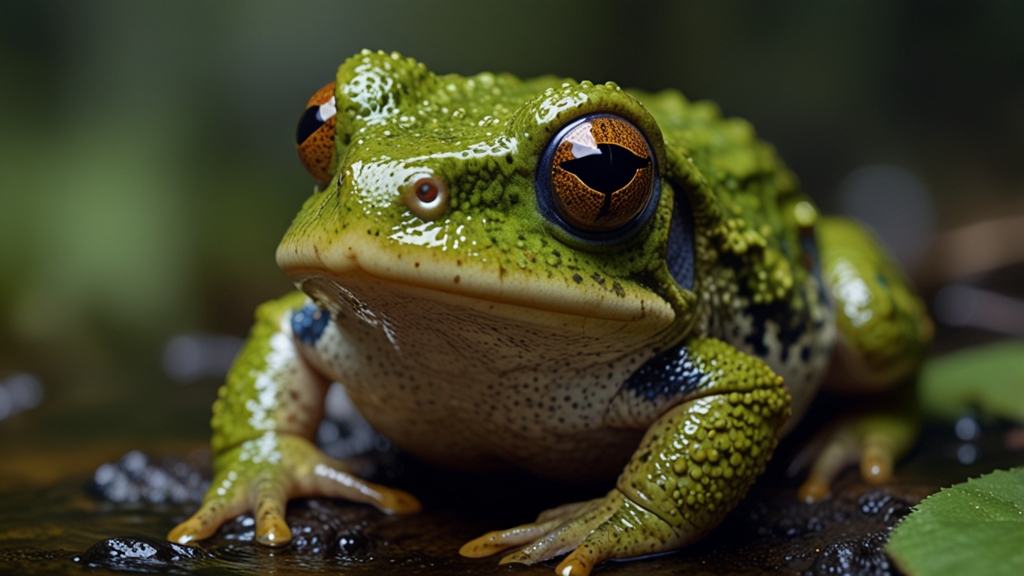Inside the World of Amphibian Research: Amazing Discoveries Await
Amphibians, the enigmatic creatures that inhabit both land and water, have long captivated the scientific community. These fascinating animals, which include frogs, toads, salamanders, and newts, hold secrets deep within their biology that researchers are only beginning to uncover. The world of amphibian research is a realm where amazing discoveries await, promising not only to deepen our understanding of these creatures but also to offer insights into broader biological processes and environmental health.
The Importance of Studying Amphibians
Amphibians play crucial roles in various ecosystems. They act as both predators and prey, helping to maintain the balance of insect populations and providing food for larger animals. Moreover, their permeable skin makes them excellent bioindicators, giving scientists early warning signs about environmental changes and pollutants. By studying amphibians, researchers can monitor ecosystem health and gain insights into the effects of climate change, habitat destruction, and pollution.
"Amphibians are often considered the 'canaries in the coal mine' for environmental health. Their sensitivity to changes in their surroundings makes them vital indicators of ecosystem integrity." – Dr. Emily Thompson, Leading Herpetologist
Remarkable Adaptations and Physiology
Amphibians exhibit some of the most remarkable adaptations and physiological traits in the animal kingdom. For instance, the ability of certain species to regenerate lost limbs has sparked interest in regenerative medicine. Researchers are exploring how the molecular mechanisms behind this process can be applied to human medicine, potentially leading to breakthroughs in healing injuries and combating degenerative diseases.
Additionally, the unique reproductive strategies of amphibians, such as the skin brooding of the Surinam toad or the gastric-brooding of now-extinct Australian frogs, continue to intrigue scientists. These reproductive quirks not only highlight the incredible diversity within the amphibian class but also offer insights into the evolutionary pressures that shape life on Earth.
Conservation Efforts and Challenges
Unfortunately, amphibians are among the most threatened groups of animals globally. Factors such as habitat destruction, climate change, pollution, and the spread of deadly pathogens like the chytrid fungus have led to alarming declines in many amphibian populations. Conservationists and researchers are racing against time to identify and mitigate these threats.
The development of conservation strategies, such as captive breeding programs and habitat restoration projects, is crucial. By focusing on preserving the delicate environments that amphibians call home, scientists hope to prevent further losses and ensure their survival for future generations to study and admire.
"The conservation of amphibians is not just about saving frogs and salamanders. It's about preserving the intricate web of life that these animals are part of." – Dr. Michael Grant, Wildlife Biologist
Technological Advances in Amphibian Research
Advances in technology have revolutionized the field of amphibian research. High-throughput sequencing, for example, allows scientists to analyze genetic information at an unprecedented scale, leading to new discoveries about amphibian genetics and evolutionary history. Imaging technologies, such as MRI and CT scanning, enable detailed studies of amphibian anatomy and development.
Moreover, environmental DNA (eDNA) techniques have become invaluable for monitoring amphibian populations. By analyzing DNA fragments found in environmental samples like water or soil, researchers can detect the presence of amphibians without needing to capture or disturb them. This non-invasive method is particularly beneficial for studying elusive or vulnerable species.
The Road Ahead: Continued Exploration and Discovery
The future of amphibian research holds immense promise. As scientists continue to uncover the secrets of these remarkable creatures, they will undoubtedly reveal more about the complexities of life and the delicate interplay between organisms and their environments. Each discovery adds a piece to the puzzle, helping us understand not only amphibians but also the broader natural world.
In conclusion, the world of amphibian research is a dynamic and rapidly evolving field where amazing discoveries are constantly emerging. From understanding environmental impacts to advancing medical science, the study of these resilient and fascinating animals offers boundless opportunities for learning and innovation. As we continue to explore this realm, we must also commit to safeguarding the habitats and conditions that allow amphibians to thrive, ensuring that the wonders of the natural world can be appreciated for generations to come.
"Every amphibian species that we lose is a loss of a unique lineage with its own evolutionary history, ecological role, and potential benefits to humanity." – Dr. Sarah Greene, Conservation Ecologist














